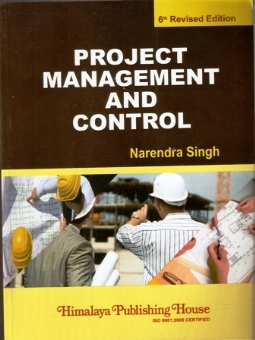This book is an outcome of the research study on Ease of Doing Business conducted by the Lal Bahadur Shastri Research Centre on Public Policy and Social Change (LBSRC), the research arm of the Lal Bahadur Shastri Institute of Management (LBSIM), Delhi. The LBSRC at the instance of the Institute of Cost Accountants of India – Management Accounting Research Foundation (ICWAI – MARF), Delhi conducted the study in Delhi-NCR and Mumbai in 2017 with the mandate to find out the status of respondents’ awareness in respect of the business regulations and reforms introduced by the government in respect of three business parameters, namely, Stating a Business (SB), Protecting Minority Investors (PMI), and Resolving Insolvency (RI); critically assess the status of implementation of the business regulations and reforms so introduced in terms of observance of the prescribed procedures, processes and the time and money spent on these accounts; and finally, to suggest suitable remedial measures to concerned stakeholders for making doing business easy in India. Global ranking in Ease of Doing Business index sheds light on how easy or difficult it is for a local entrepreneur to open and run a small to medium-size business when complying with relevant regulations.
Since the scope of the research study entrusted to LBSRC was very limited, therefore, a holistic perspective on the subject was undertaken for the advantages of readers, researchers and other stakeholders by covering the entire spectrum of business regulations and reforms introduced by the government in respect of all the 10 business parameters included in the World Bank annual survey on Ease of Doing Business (EODB).
As per the research findings, it has been concluded that in view of the aggressive and bold policy decisions and measures taken by the central government and the concerted efforts made by the respective agencies / departments for making doing business easy in the country, in the World Bank 2018 survey India performed well on various business parameters and thus figured at 100th rank globally. Constructing on the highly encouraging feedback received from different stakeholders across the verticals, the study has made several suggestions and recommendations with the valid expectations that the findings of the study will hold good for fastening the belt by the concerned agencies / departments. The study has also strongly presumed that with the given prevailing vigor and tempo, by 2020, India will rank among the first 70-80 counties globally. This expected attainment of India is not on the very high optimistic side and can be very well judged against its global rankings over the years. Further, in the 2018 ranking, India also got a recognition as one of the most improved economies in 2016-2017along with other nine countries which together implemented 53 regulatory reforms making it easier to do business.
Contents –
Prologue
PART – I
1. Indian Economy: The Road Ahead*
2. Doing Business (DB) in India: An Introduction
3. India’s Economic Profile, 2019
4. Starting a Business (SB): Indian Performance (2014 -19)
5. Protecting Minority Investors (PMI): India’s Performance (2014 -19)
6. Resolving Insolvency (RI): India’s Performance (2014-19)
7. Research Objectives, Methodology, Analysis and Findings
8. Conclusions and Suggestions
Annexures
PART – II
Twin Balance Sheet Problem and NPS
Infrastructural Bottlenecks and Capacity Buildings Endeavours
Top Achievers’ Nine States: Profiles and Policies Measures Taken for Facilitating EODB
Top Achievers’ Nine States: Policies Measures Taken for Facilitating EODB
Ease of Doing Business (EODB )– Experiences of Young Professionals / Entrepreneurs
Summing Up






